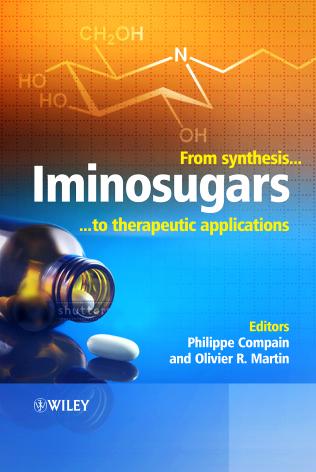L’Art du combat en laboratoire – Être scientifique aujourd’hui portrays basic research as a combat sport — an ongoing struggle marked by daily failures and countless setbacks. Researchers constantly confront the complexity of the unknown, yet they must also battle for funding and compete in the race for discovery. The practice of science has been also reshaped by large-scale evaluation systems and bureaucratic hurdles. To thrive, today’s Curies and Einsteins must embody qualities central to combat sports: strategic thinking, creativity, courage, tenacity, and humility. Drawing inspiration from the rich history of science and recent examples, this book provides an authentic insight into the life of a researcher — far removed from the stereotypical image of the scientist in an ivory tower. Above all, it serves as a passionate call to defend the importance of basic research. For more information about the book, please click here
- An up-to-date account of many contemporary aspects of iminosugars from organic synthesis to clinical studies
- Features contributions by the major world experts in the field
- Features a table correlating the structures of more than 600 iminosugars with their biological activities
G. A. O'Doherty, J. Am. Chem. Soc. 2008, 130, 6651.
K. Krämer, Angew. Chem. Int. Ed. 2008, 47, 9378.
C. N. Filer, J. Med. Chem. 2008, 51, 2868.
Iminosugars were first imagined and synthesized by chemists in the 60's before being isolated from Nature a few years later. Since the discovery of their biological activity as potent glycosidase inhibitors in the 70's, iminosugars have been the subject of intense studies at the interface between organic synthesis, glycobiology and medicinal science. Regarding the impressive series of discoveries in the field over the past ten years, it can confidently be said that we are witnessing "a boom time" for iminosugar chemistry and biology! The aim of this book is to present the multifaceted aspects of iminosugars from structure to biological activities and from synthesis to therapeutic applications. Chapter 2 focus on naturally occurring iminosugars. Chapter 3 is devoted to recent synthetic strategies and combinatorial approaches towards iminosugar libraries. Important classes of iminosugars and their biological activities are presented in Chapter 4 (imino-C-glycosides), chapter 5 (imino-C-disaccharides), chapter 6 (isoiminosugars, i. e. 1-aza carbasugars) and chapter 8 (iminosugar C-nucleosides). Chapter 7 deals with recent developments in the field of glycosyltransferase inhibitors. Moving closer to therapeutic applications, chapters 9 and 12 are devoted to iminosugars as antiviral and antitumor agents respectively. The two main strategies for the chemotherapeutic treatment of lysosomal diseases are reviewed in Chapter 10 (Substrate Reduction Therapy) and chapter 11 (Chaperon Therapy). Chapter 13 is an overview of the medicinal use of iminosugars, including key reflections on their therapeutic potential. Finally, chapter 14 provides tables which correlate the structure of more than 600 iminosugars of therapeutic interest with their biological activities. Compounds have been selected for their potential as therapeutic agents. The goal of this at-a-glance table is to facilitate and to stimulate further research in the area of iminosugar by relating structure to properties.

